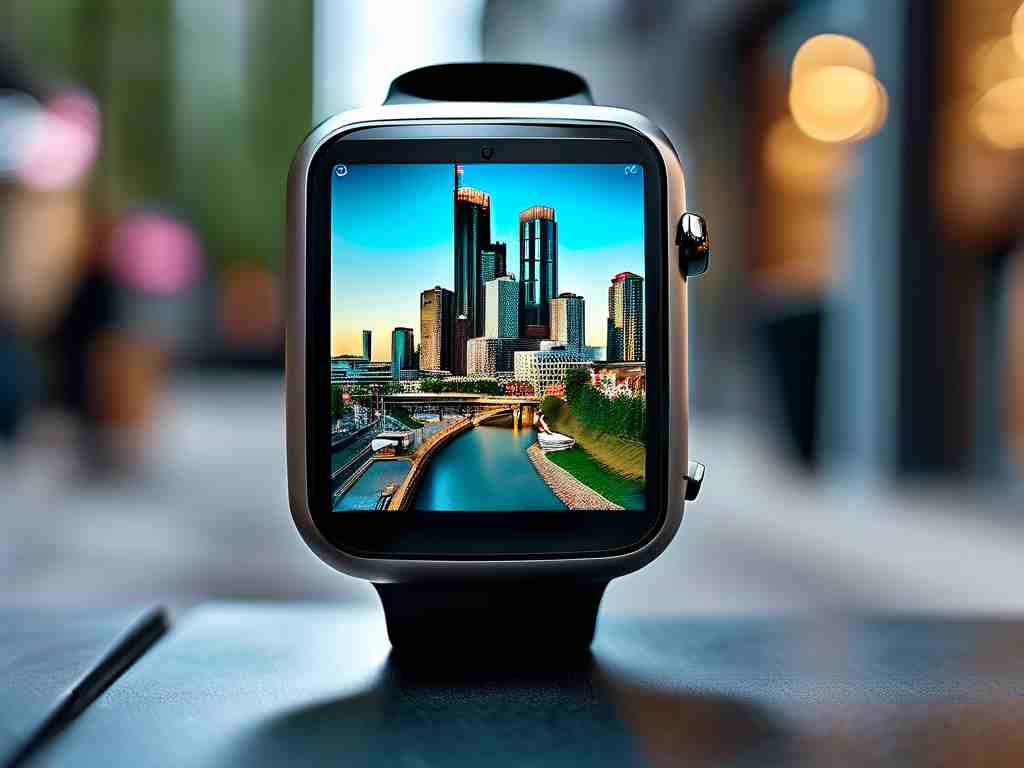The convergence of embedded systems and wearable technology has fundamentally transformed how we approach personal communication devices. In the realm of smartwatch development, embedded engineering plays a pivotal role in balancing performance, power efficiency, and compact design – three critical factors for wearable success.

At the core of every advanced telephone watch lies a sophisticated embedded architecture. Modern devices integrate custom-designed system-on-chip (SoC) solutions that combine cellular modems with application processors. For instance, the Quectel SC668S-LF module demonstrates this integration, enabling 4G LTE connectivity while consuming under 100mA during voice calls. Developers must carefully optimize power distribution through techniques like dynamic voltage scaling and peripheral gating to extend battery life beyond 24 hours of mixed usage.
The real challenge emerges in implementing real-time operating systems (RTOS) that can handle multiple concurrent operations. FreeRTOS remains popular for its modularity, with developers often customizing its kernel to manage priorities between call processing, health monitoring sensors, and user interface updates. A typical task scheduler configuration might look like:
void vApplicationIdleHook(void) {
// Manage low-power states during inactivity
enter_sleep_mode(CPU_DEEP_SLEEP);
}
Hardware-software co-design proves essential when dealing with space constraints. Advanced packaging technologies like system-in-package (SiP) allow stacking communication modules vertically, reducing PCB footprint by 40% compared to traditional layouts. This enables manufacturers to incorporate larger batteries or additional sensors without increasing device dimensions.
Security implementations present another critical frontier. Embedded engineers must integrate hardware-backed secure elements for storing encryption keys while maintaining FCC compliance for radio emissions. The ARM TrustZone architecture has become a preferred solution, creating isolated execution environments for sensitive operations like voice data encryption during calls.
Looking ahead, the integration of machine learning accelerators directly into wearable SoCs opens new possibilities. On-device speech recognition and gesture prediction algorithms could reduce cloud dependency, lowering latency during voice commands while preserving user privacy. The latest Nordic Semiconductor nRF54H20 prototype demonstrates this trend, featuring a dedicated neural processing unit capable of running keyword spotting models with sub-10ms response times.
As 5G RedCap (Reduced Capability) networks roll out globally, embedded developers face both opportunities and challenges. While enabling faster data transmission with lower latency, these networks demand more sophisticated antenna designs and power management strategies. Multi-mode baseband processors that dynamically switch between 4G and 5G based on signal quality will likely become standard in next-generation communication watches.
The environmental aspect cannot be overlooked either. Embedded teams are increasingly adopting lifecycle-aware development practices, designing modular components that allow partial upgrades rather than complete device replacement. This approach aligns with growing consumer demand for sustainable electronics while presenting new technical hurdles in maintaining long-term software compatibility.
From a user experience perspective, embedded audio processing algorithms make significant differences. Advanced echo cancellation and noise suppression algorithms implemented at the DSP level ensure clear voice quality even in noisy environments. The combination of MEMS microphones with beamforming techniques creates directional audio capture that outperforms many smartphone solutions.
In , the evolution of telephone watches continues to push the boundaries of embedded system design. As developers tackle challenges ranging from thermal management in compact form factors to implementing enterprise-grade security protocols, these devices are evolving from simple communication tools into comprehensive health and productivity platforms. The next decade will likely see embedded engineers overcoming current limitations through innovations in materials science, energy harvesting, and heterogeneous computing architectures.









